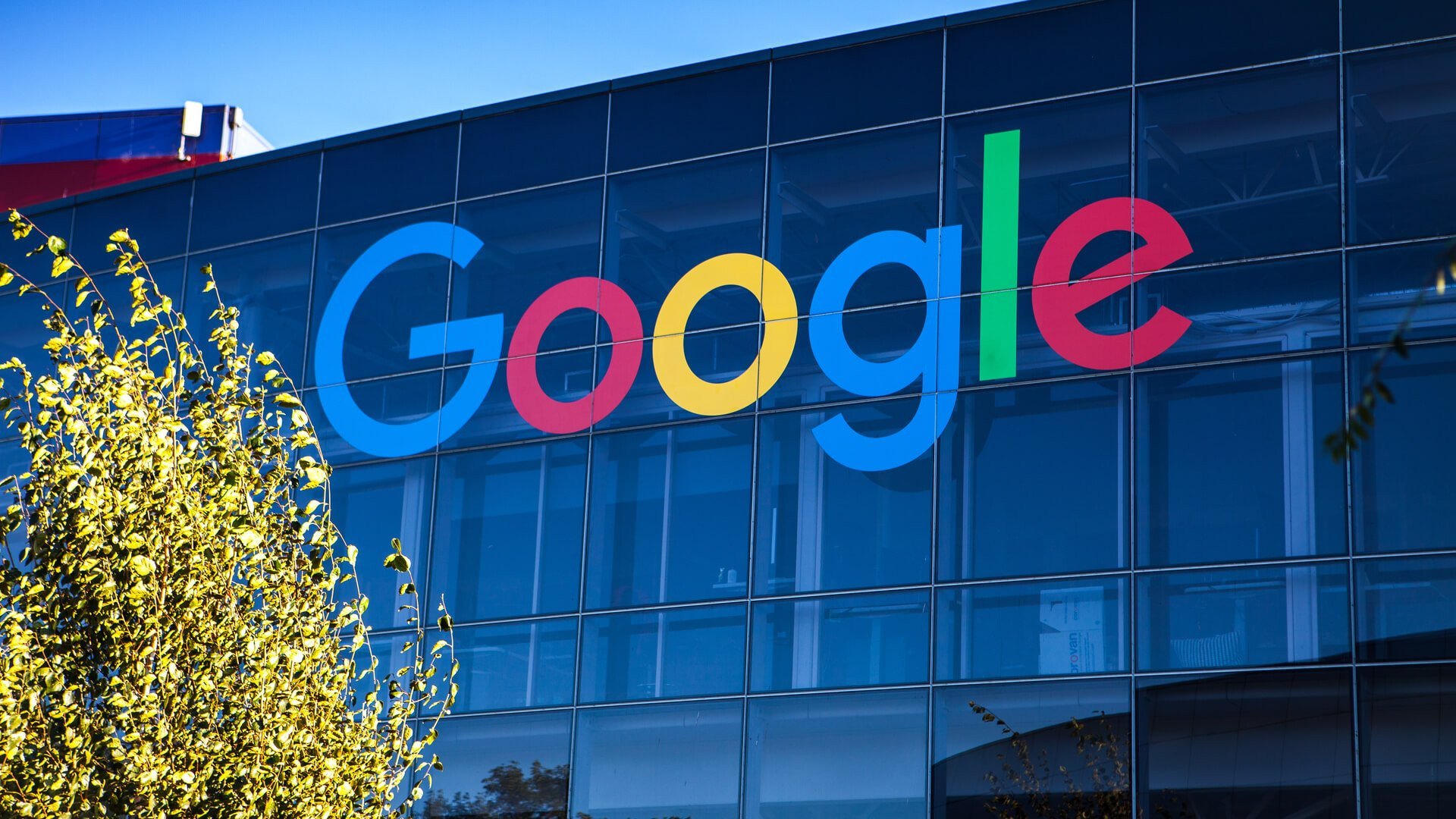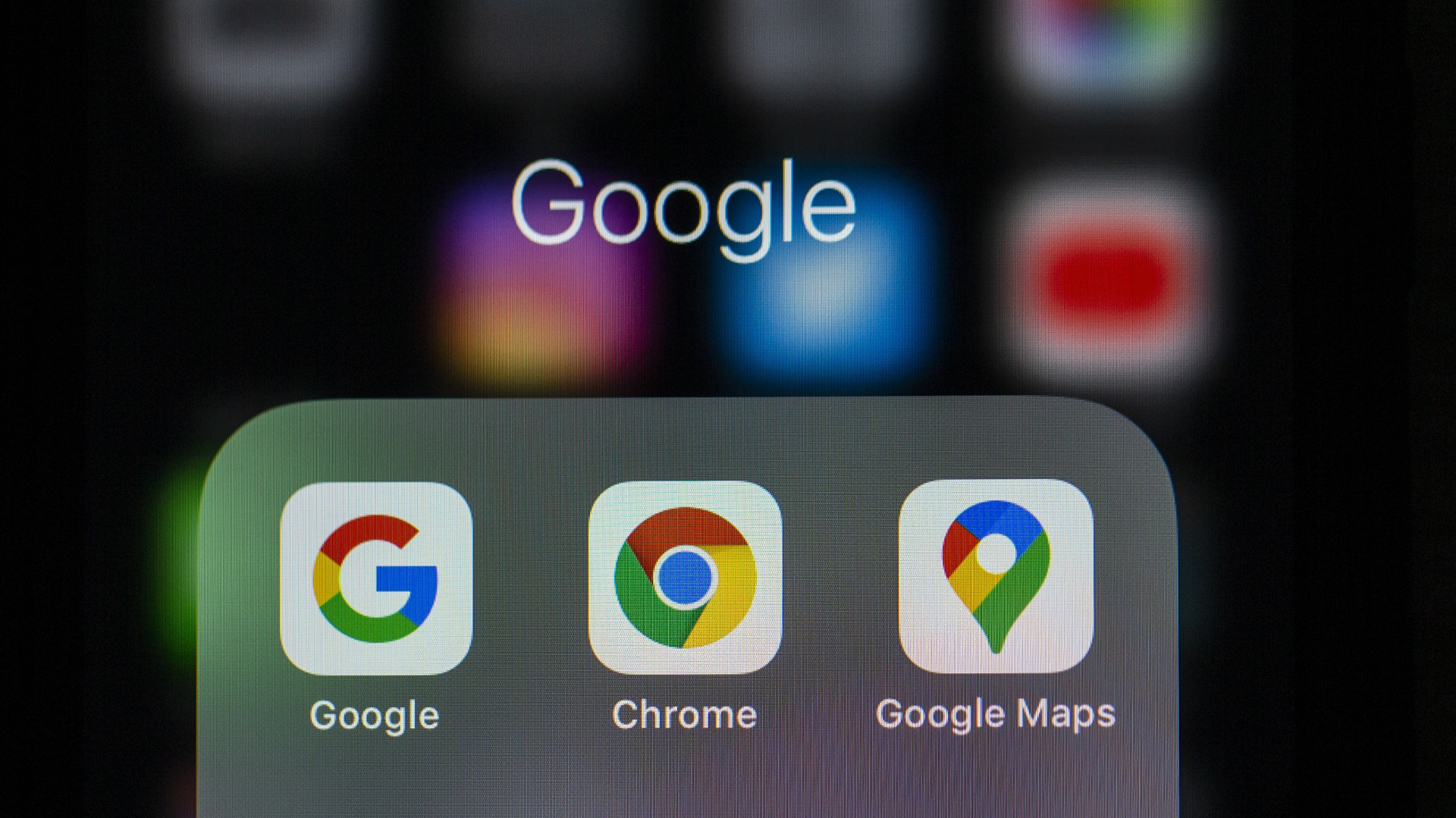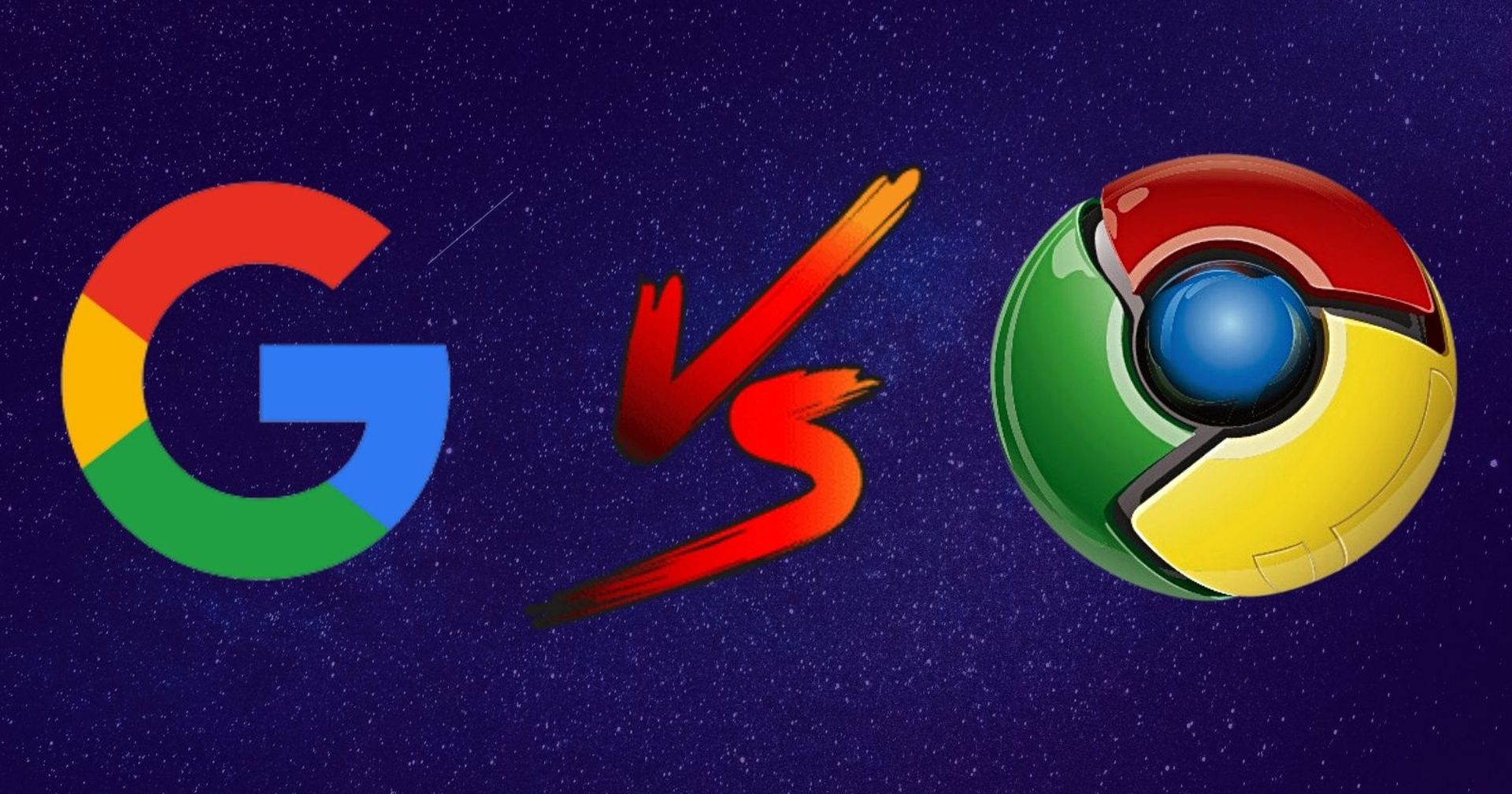Today we explain the differences between Google App vs Chrome. Given that Chrome Apps include the majority of the services supported by Google Apps, there are many similarities between Google Apps and Chrome Apps. Even if there is some overlap, the fundamental levels at which they provide functionality and redundancy for services are different. A web-based program or application that can run solely in a browser is known as an app.
Although there is a specific service that operates in the background to provide the requested functionality, this does not imply that the browser technically steps into the role of the app’s service. Since Chrome Apps and Google Apps are both categorized similarly, a few differences will help the definition become more understandable.

Google App vs Chrome: What are the differences?
All browsers function essentially the same way, and to improve capability for interoperability with web and desktop applications, they use plug-ins, extensions, and apps. From this vantage point, Chrome Apps and Mozilla Firefox extensions might be compared. Both of these give the Browser new capabilities for combining web and desktop services.
Chrome is a browser, whereas Google Apps is not; it is a web-hosted service that does not distinguish functionality through browsers, therefore it can be used with just about any browser. This is the difference between Chrome Apps and Google Apps. Chrome Apps are therefore hosted on the desktop environment where the Chrome Browser is installed, whereas the Google Apps platform is web-based.

Front-End vs Back-End services
Front-end services act as, for example, a graphical portal interface that enables functionality. Without front end services, the code would be difficult to synthesize, let alone locate and use features. Servers perform back-end services. The information requested on a user interface is coherent, valuable, and presentable thanks to these intricate calculations and storage facilities.
Together, the two collaborate to improve user experience to desired levels. In conclusion, Chrome Apps acts as a front end and Google Apps acts as a back end when the services offered by both overlap. In contrast to the apparent similarities when using Google Apps directly without the help of related Apps on Chrome Apps, this is an explicit distinction of functionality.

Accessibility and functionality limitations
The degree of additional functionality must be described in order to comprehend how Chrome Apps and Google Apps differ from one another. Chrome Apps can significantly improve Chrome’s functionality as a browser. By utilizing all integrated services, the browser can very well achieve the functionality described in Google Apps, but as long as the browser is not functional, the functionality cannot be accessed.
In addition, Google Apps can be integrated with the Business suite and customized for universal similarity, whereas Chrome is restricted to the specific browser on which it was installed. Google Apps is accessible through essentially all browsers, and through the Apps, a business suite can be installed that is not limited to the availability or functionality of specified browsers.

Conclusion
While both Chrome Apps and Google Apps are made by Google, their functionality, service accessibility, and level of convenience differ. The other is formatted for universal access, while the first is formatted for the individual.
There are many areas of overlap, but in terms of services, front-end and back-end relationships’ subjective expressions of dependence are the most relevant. Overall, Chrome Apps give Google Apps an extensible service, which improves the Chrome Browser’s suitability, effectiveness, and functionality for the Google Apps environment.
Check out behind the scenes: Amazon lays off 10,000 employees





